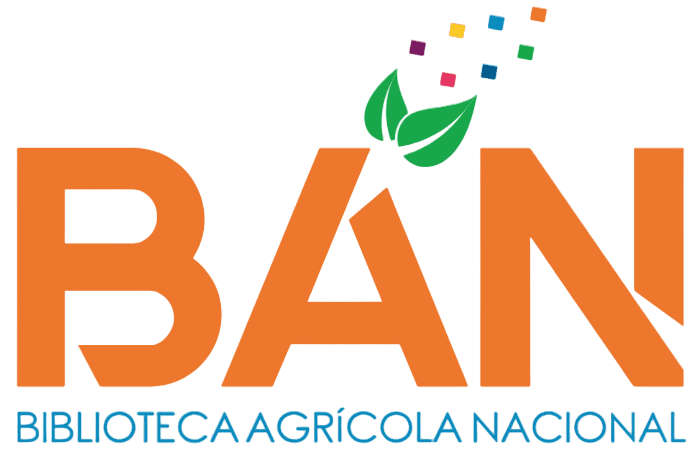Experiencia en restauración de áreas degradadas mediante plantaciones forestales y sistemas agroforestales en Neshuya, Ucayali
Loading...
Código QR
Authors
Flores Cárdenas, Napoleón Donato Guillermo
Contact Email
Abstract
La degradación de áreas forestales en Ucayali, impulsada por la expansión agrícola y la deforestación, ha generado la necesidad de contar con estrategias de restauración que integren la sostenibilidad ambiental y el desarrollo productivo. En respuesta a esta problemática, Viridis Terra Perú S.A.C. ejecutó un proyecto en el caserío Nueva Palestina, distrito de Neshuya, con el objetivo de restaurar áreas degradadas mediante la instalación de sistemas productivos como plantaciones forestales y sistemas agroforestales. Se restauraron 35.10 hectáreas, de las cuales el 73% correspondió a sistemas agroforestales y el 27% a plantaciones forestales, utilizando especies forestales como Schizolobium amazonicum (Pino Chuncho) y Dipteryx ferrea (Shihuahuaco de hoja ancha). Además, especies agrícolas como Theobroma cacao (Cacao) y Citrus sinensis (Naranja). Se instalaron 19,269 plantas alcanzado tasas de mortalidad inferiores al 3%. Schizolobium amazonicum fue la especie forestal más utilizada, y Citrus sinensis el cultivo agrícola con mayor aceptación por parte de los beneficiarios. En cuanto a la adopción de sistemas productivos, los sistemas agroforestales fueron priorizados por su capacidad de generar ingresos a corto y mediano plazo, mientras que las plantaciones forestales fueron menos implementadas debido a su mayor tiempo de retorno. En conjunto, el proyecto permitió recuperar la cobertura vegetal, generar beneficios productivos y establecer un precedente para su replicabilidad en otras zonas de la Amazonía peruana.
The degradation of forest areas in Ucayali, driven by agricultural expansion and deforestation, has created the need for restoration strategies that integrate environmental sustainability and productive development. In response to this issue, Viridis Terra Perú S.A.C. implemented a project in the village of Nueva Palestina, district of Neshuya, with the objective of restoring degraded areas through the establishment of productive systems such as forest plantations and agroforestry systems. A total of 35.10 hectares were restored, of which 73% corresponded to agroforestry systems and 27% to forest plantations, using forest species such as Schizolobium amazonicum (Pino Chuncho) and Dipteryx ferrea (Shihuahuaco de hoja ancha). In addition, agricultural species such as Theobroma cacao (Cacao) and Citrus sinensis (Orange) were used. A total of 19,269 plants were established, with mortality rates below 3%. Schizolobium amazonicum was the most used forest species, and Citrus sinensis was the agricultural crop with the highest acceptance among the beneficiaries. Regarding the adoption of productive systems, agroforestry systems were prioritized for their capacity to generate short- and medium-term income, while forest plantations were less implemented due to their longer return period. Overall, the project contributed to the recovery of vegetation cover, the generation of productive benefits, and the establishment of a precedent for its replicability in other areas of the Peruvian Amazon.
The degradation of forest areas in Ucayali, driven by agricultural expansion and deforestation, has created the need for restoration strategies that integrate environmental sustainability and productive development. In response to this issue, Viridis Terra Perú S.A.C. implemented a project in the village of Nueva Palestina, district of Neshuya, with the objective of restoring degraded areas through the establishment of productive systems such as forest plantations and agroforestry systems. A total of 35.10 hectares were restored, of which 73% corresponded to agroforestry systems and 27% to forest plantations, using forest species such as Schizolobium amazonicum (Pino Chuncho) and Dipteryx ferrea (Shihuahuaco de hoja ancha). In addition, agricultural species such as Theobroma cacao (Cacao) and Citrus sinensis (Orange) were used. A total of 19,269 plants were established, with mortality rates below 3%. Schizolobium amazonicum was the most used forest species, and Citrus sinensis was the agricultural crop with the highest acceptance among the beneficiaries. Regarding the adoption of productive systems, agroforestry systems were prioritized for their capacity to generate short- and medium-term income, while forest plantations were less implemented due to their longer return period. Overall, the project contributed to the recovery of vegetation cover, the generation of productive benefits, and the establishment of a precedent for its replicability in other areas of the Peruvian Amazon.
Description
Universidad Nacional Agraria La Molina. Facultad de Ciencias Forestales. Departamento Académico de Manejo Forestal
Keywords
Áreas degradadas
Citation
Date
2025
Collections
Seleccionar año de consulta:
Licencia de uso

Excepto si se señala otra cosa, la licencia del ítem se describe como info:eu-repo/semantics/openAccess

